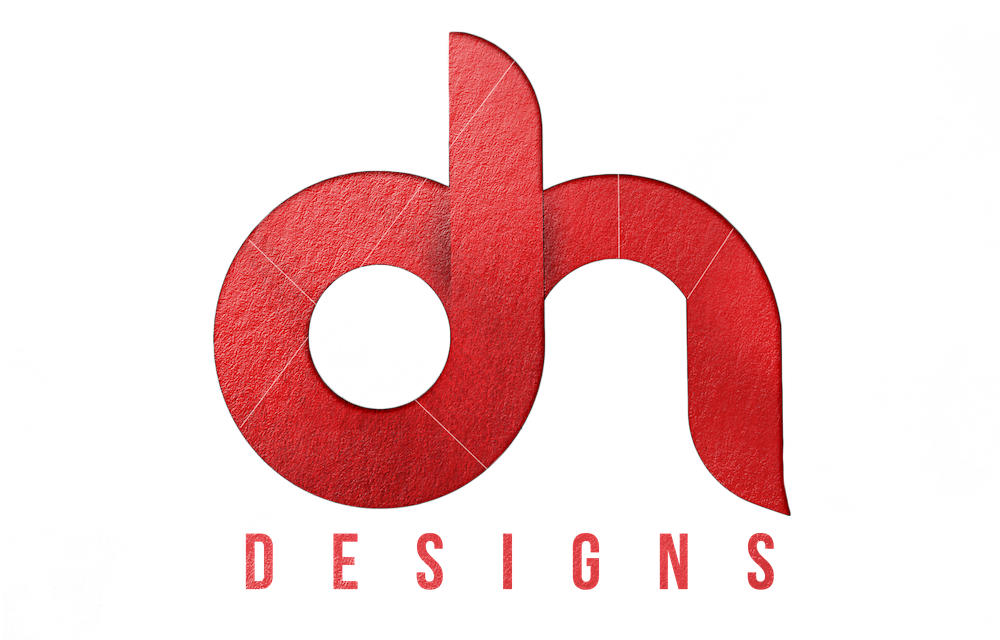Packaging has a significant impact on how consumers behave and make purchases. It functions as a potent marketing weapon that not only safeguards the good but also conveys brand identity, forges emotional bonds, and affects consumer views.
In this instance, design assumes a key role in maximizing the ability of packaging to enthrall and engage customers.
Visual Appeal and Attention:
In a congested market, influential packaging design needs to catch consumers’ attention. Innovative forms, vibrant colors, and eye-catching typography may make a product pop out on store shelves. The usage of eye-catching images makes a good first impression and captures interest, encouraging visitors to explore further.
Identity and branding:
Influential packaging design plays a key role in creating and maintaining a brand’s identity. Consumers are more likely to recognize and remember a product among a sea of alternatives when brand colors, logos, and typography are used consistently. To arouse a feeling of familiarity, reliability, and loyalty, design components should be in line with the brand’s values, intended audience, and positioning.
Product Differentiation:
Products can stand out from rivals thanks to creative packaging design. A product can develop a distinct character and increase its desirability by using distinctive and memorable packaging. Design components that emphasize a product’s characteristics, advantages, and usage guidelines can communicate value and address customer problems, ensuring the product more desirable and significant.
Emotional Connection:
Influential packaging design has a tendency to arouse feelings in customers and forge a bond with them. Packaging has the ability to connect to consumers’ hopes, desires, and values through well chosen colors, imagery, and language. Packaging can create a psychological connection between the customer and the product by evoking pleasant feelings like happiness, nostalgia, or well-being.
Perceived Quality and Trust:
Customers frequently link a product’s packaging quality to the product’s overall quality. A sense of expertise, attention to detail, and dependability is communicated through well-designed packaging. A greater perceived value can be communicated by using materials of the highest quality, tactile finishes, and solid construction, which can persuade customers that the product is reliable and worth the cost.
Information and communication:
Packaging should clearly communicate the most important details about the product. Labelling that is clear and straightforward, nutritional information, product advantages, and usage instructions help customers make educated selections. The whole consumer experience is improved by well-organized packaging design. Which ensures all relevant information is accessible and simple to understand.
Read Similar Topics: Designing Packaging for E-commerce Food Delivery Services
Sustainability and eco-friendliness:
Influential packaging design has a big impact on how consumers behave in today’s ecologically concerned world. Environmentally conscious consumers are drawn to package options that use recyclable materials, simple designs, and little waste. It can be in line with consumers’ beliefs and help build a favorable brand image by placing a strong emphasis on sustainability.
Purchase decisions and shelf impact:
The ultimate objective of influential packaging design is to have an impact on purchases. It can affect consumers’ purchasing decisions by making a significant visual effect. Communicating the value of the product, and establishing a psychological connection with them. The likelihood of a purchase is increased by packaging that clearly conveys a product’s unique selling propositions and connects with its intended market.
Conclusion:
In a nutshell, packaging’s strength comes in its capacity to shape consumer behavior through clever design. When designing packaging, it’s crucial to take into account aspects like visual appeal, branding, product distinction, emotional connection, perceived quality, information communication, long-term viability and shelf impact. Businesses can build packaging that not only showcases and protects their products but also draws in customers, boosts sales, and increases brand recognition by knowing and utilizing these characteristics.
Also Read:
The Changing Landscape Of Packaging Design
The Role of Packaging designing Agency in Healthcare Branding


